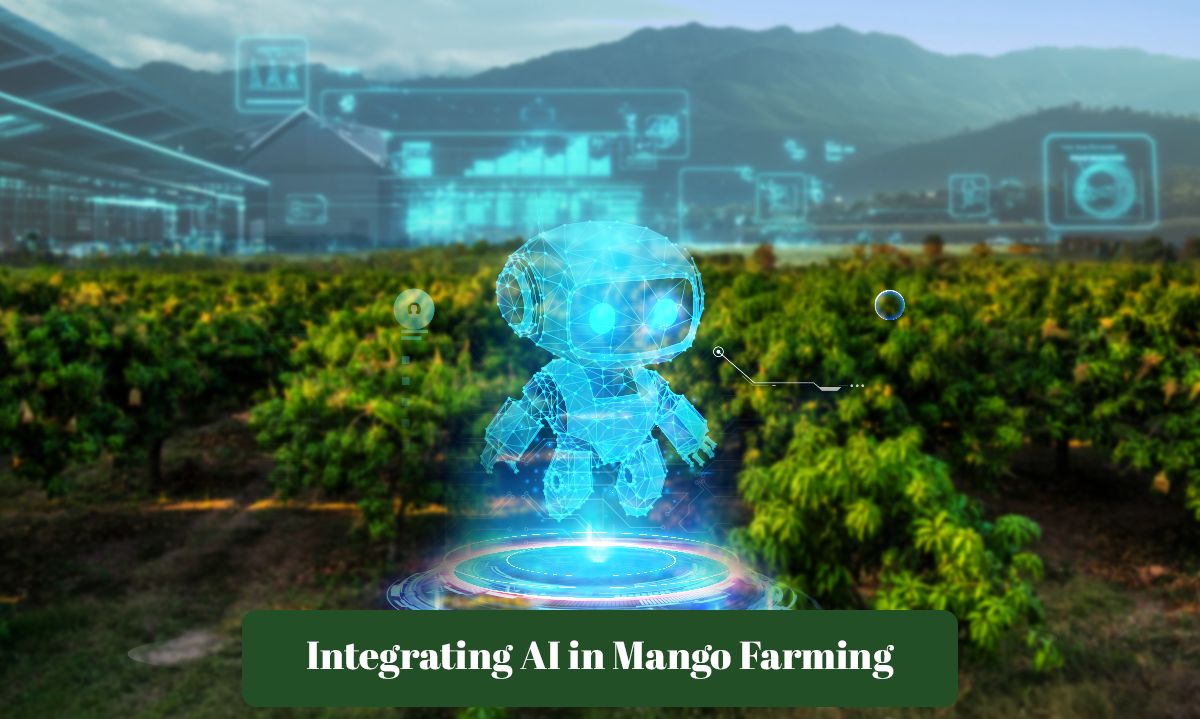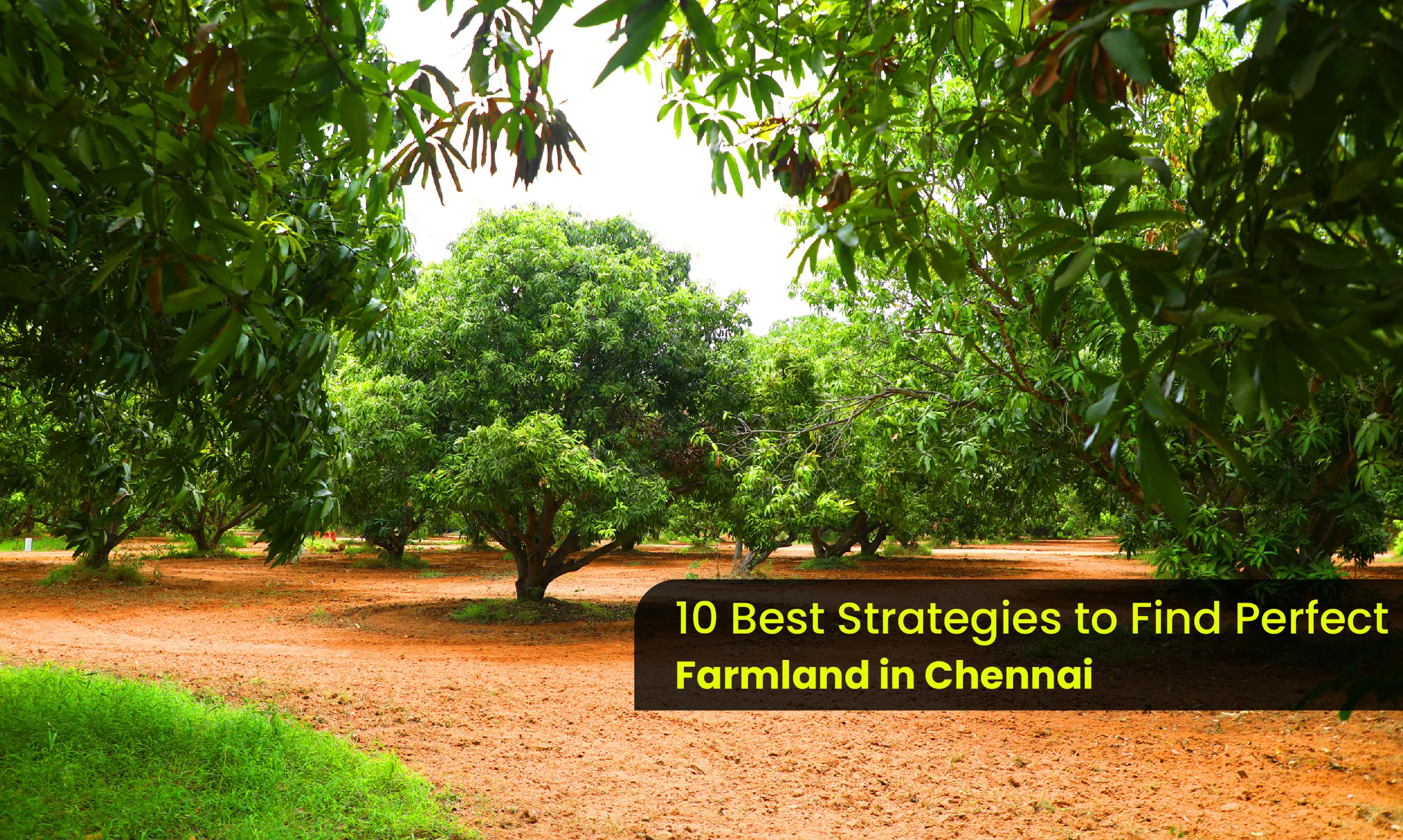A Comprehensive guide to Key Facts About Integrated Farming

Introduction
A sustainable agricultural method called integrated farming mixes different farming practices to increase productivity and cut expenses. Integrated farming uses a mix of crops, livestock, and other agricultural elements including aquaculture, agroforestry, and poultry, in contrast to traditional farming practices that concentrate on just one crop or animal. This approach promotes long-term agricultural output and improves resource utilization efficiency.
1. Optimizing the Efficiency of Resources
Making the most use of the resources at hand is one of integrated farming's main objectives. This encompasses land, water, labor, and capital. Farmers can maximize their area and minimize waste by integrating several farming techniques, such as crop production, animal husbandry, and fish farming. For instance, farmers can use crops to feed animals, and livestock can supply crops with manure. Similar to this, aquaculture could benefit from the nutrient-rich water that animals and crops produce.
2. Risk Reduction and Diversification
Integrated farming provides diversification, which helps spread risk. Relying on a single crop or livestock type might result in significant losses if pests, illnesses, or poor weather damage that specific farming activity. Farmers lower their chances of failure by diversifying their operations through integrated farming. Different crops, animals, or agricultural enterprises frequently have unique growing seasons, allowing for consistent income and production throughout the year. This diversification improves overall farm resilience and security.
3. Advantages for the environment
Integrating different aspects of farming contributes to environmental restoration and protection. For example, planting trees next to crops, or agroforestry, increases soil fertility, reduces erosion, and creates habitat for beneficial wildlife. Natural pest management techniques and organic fertilizers promote a healthier environment by reducing reliance on dangerous chemicals. Additionally, integrated agricultural systems eliminate the need for monoculture methods, which are frequently more detrimental to the environment and lessen the strain on natural resources.
4. Improved Soil Fertility and Health
Long-term agricultural prosperity depends on healthy soils, and integrated farming helps improve soil fertility. Farmers may naturally enhance soil quality by rotating crops, adding organic matter through animal manure, and growing legumes, which fix nitrogen in the soil. By preserving soil structure and supplying ground cover, integrated systems also aid in lowering soil erosion. These methods improve soil biodiversity over time, resulting in healthier crops and higher yields.
5. Higher profits and economic stability
Integrated farming can increase revenues by generating numerous revenue streams. Farmers are not dependent on a single product; they can earn money from crops, livestock, or even value-added items such as dairy, eggs, or processed fruits and vegetables. This diversification contributes to revenue stability and profitability even during challenging seasons. Furthermore, integrated farming reduces input costs by efficiently using natural resources, which reduces the need for costly fertilizers, herbicides, and water.
6. Labor Efficiency and Employment Opportunities
While integrated farming necessitates a diverse set of skills and expertise, it can result in more efficient labor allocation. Farmers can use diverse agricultural techniques to vary their workloads throughout the year, making the most of their available labor. Furthermore, this technique can generate new job possibilities, particularly in rural areas, where farmers frequently demand labor for a variety of tasks such as fish farming, poultry care, and agroforestry.
7. Sustainable Livelihoods for Farmers
Integrated farming helps farmers achieve sustainable lifestyles by ensuring long-term resource availability and maintaining ecological balance. Farmers may conserve their land while simultaneously benefiting their community by employing sustainable agriculture practices. The varied structure of integrated farming results in more steady income over time, decreasing the impact of market volatility on a particular crop or product.
8. Supporting local communities
Integrated farming benefits local communities by encouraging the use of local resources while lowering the demand for external inputs. This technique also benefits the local economy because farmers are more inclined to sell their produce locally. Furthermore, small-scale and subsistence farmers, who lack access to large-scale farming technologies, can use integrated farming systems as models. With its emphasis on sustainability and local solutions, integrated farming provides a road to food security and rural development.
9. Climate Resilience
The versatility of integrated farming enables farms to better withstand climatic change. Farmers can better respond to the unpredictability of weather patterns by diversifying their production systems and using climate-resistant crops. Integrated farming enhances soil moisture retention and minimizes water loss, allowing crops and cattle to thrive even during droughts or high rainfall. These practices increase the farm's overall resistance to climate change, ensuring long-term viability.
10. Contribution to meeting global food security goals
Integrated farming contributes significantly to reaching global food security goals by boosting food production in a sustainable manner. By encouraging resource efficiency, minimizing waste, and improving farm resilience, integrated farming helps ensure that food systems can satisfy the demands of a growing global population. This strategy not only allows farmers to produce more, but it also assures that agriculture is sustainable and efficient for future generations.
Conclusion
Integrated farming has various advantages, including resource efficiency, risk reduction, environmental sustainability, and enhanced profitability. Farmers may develop more secure and sustainable farming operations by diversifying their activities, preparing them to handle the challenges of modern agriculture. Whether you're a new or seasoned farmer, adopting integrated farming methods can boost your farm's output and help with global sustainability initiatives.
Latest blogs
JOIN OUR COMMUNITY !
Stay connected with Getfarms! Follow us on social media for the latest updates, exclusive offers, and a glimpse into the world of farmhouse living. Join our community today




























